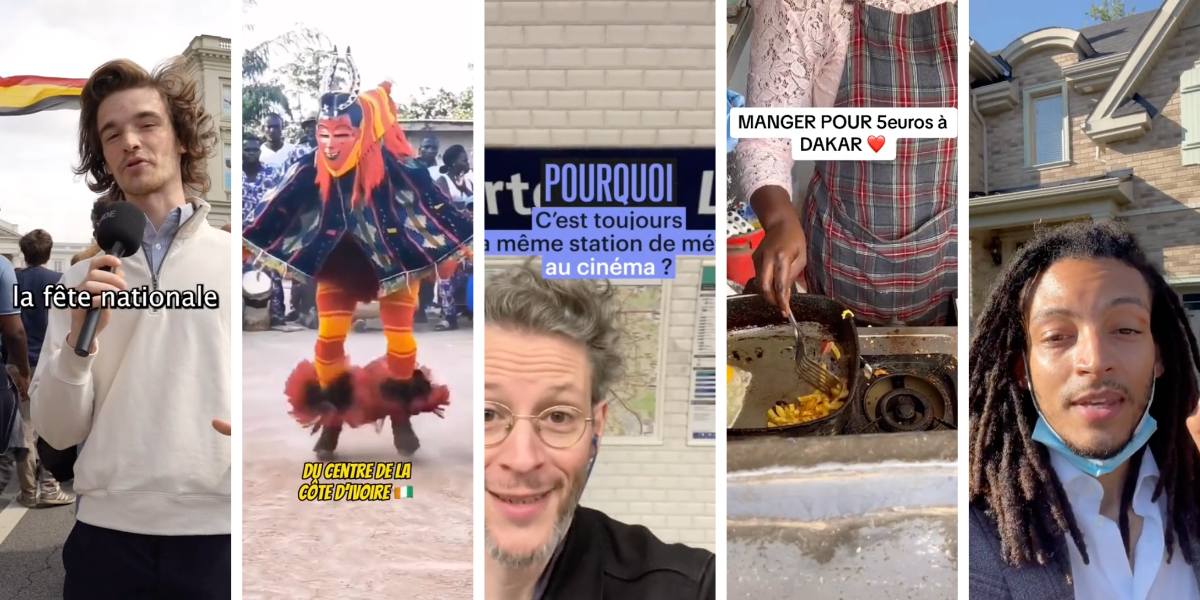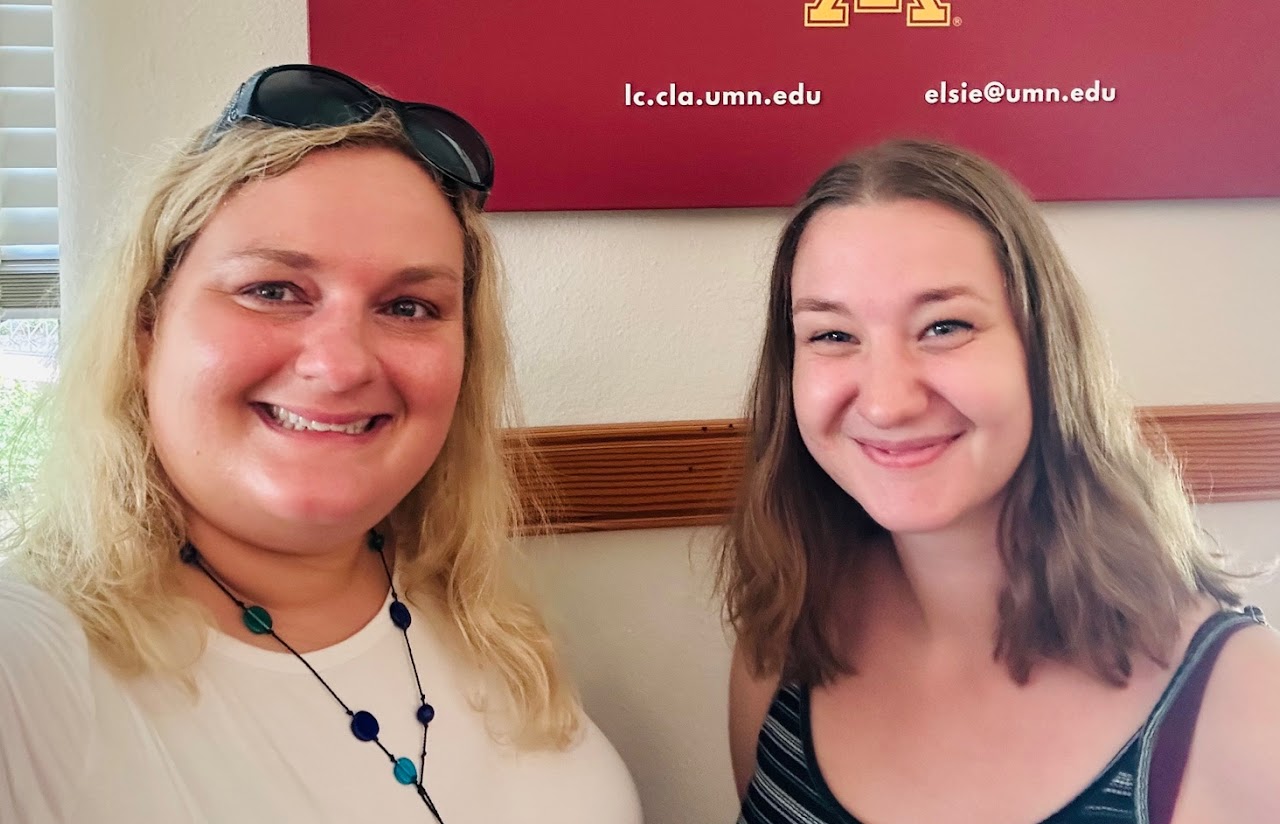Tiktok is known for its videos featuring cute pets, shopping hauls, recipes, and dance trends. Now instructors are using it in the language classroom to showcase languages as people actually speak them around the world.
“The language that’s almost exclusively used on TikTok is the spoken vernacular,” explained Amanda Dalola, director of the College of Liberal Arts Language Center. “It’s a kind of language that students don’t get a lot of exposure to in conventionally made published materials.”
Dalola, together with Chimène Dupuis, a master’s student in the Department of French and Italian, received a research grant from the Center for Advanced Research on Language Acquisition (CARLA) to examine how TikTok and Instagram reels can be used to support language learning and cultural awareness in beginning French courses.
They have created an Open Educational Resource (OER), which is a database of more than 300 TikToks that instructors can use in their French courses, on topics such as cooking, fashion, hobbies, and the environment. To make the tool more useful for instructors, Dalola and Dupuis included filters such as the region the video is from, the range of accents of speakers in the video, and how quickly the speakers talk. They also provide activities that can be used alongside some of the videos to increase student engagement and learning.

“A problem I always had teaching French was that the textbooks never reflected anything that was realistic or authentic in terms of present-day experiences in French-speaking places other than Paris or Lyon,” Dalola said. “It felt like we were teaching in very targeted ways.”
“We were really interested in bringing more representation of the diversity of the francophone world,” Dupuis added.
To highlight that diversity, Dalola and Dupuis created intersectional profiles and used a VPN to set their location in different parts of the world. They then searched TikTok using targeted hashtags that represented different interests for each persona. This method caused the TikTok algorithm to suggest videos made by French speakers from each of the targeted locations on a variety of topics similar and related to the hashtags. From these suggestions, they curated a collection of authentic videos and tagged and organized them into a searchable database. Using this database, instructors can easily supplement a unit about food with a video in a Belgian grocery store, for example, or a recipe video from Cameroon.
“This is the kind of authentic data we’ve wanted all along, but we’ve had to up until now film or find people to create it,” Dalola said. “The problem with creating these materials for the classroom is that they’ve always been a little stilted or haven’t been very representative of a wide variety of intersectionalities.”
Dalola and Dupuis plan to continue their research to examine if using TikTok videos in the classroom increases students’ interest in learning the French language and about different representations of francophone culture.
Dalola and Dupuis recently presented "Using TikTok and Instagram Reels to Support Learning Development and Cultural Awareness in Beginning French Courses," available on CARLA's YouTube channel.
